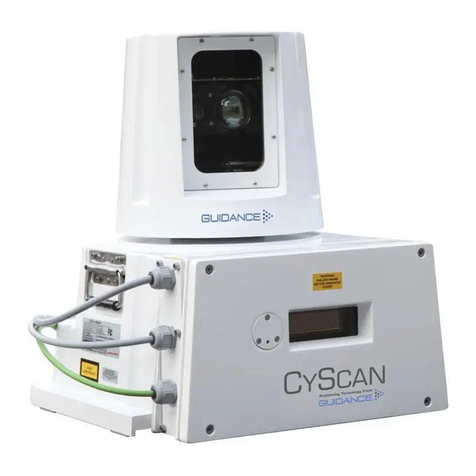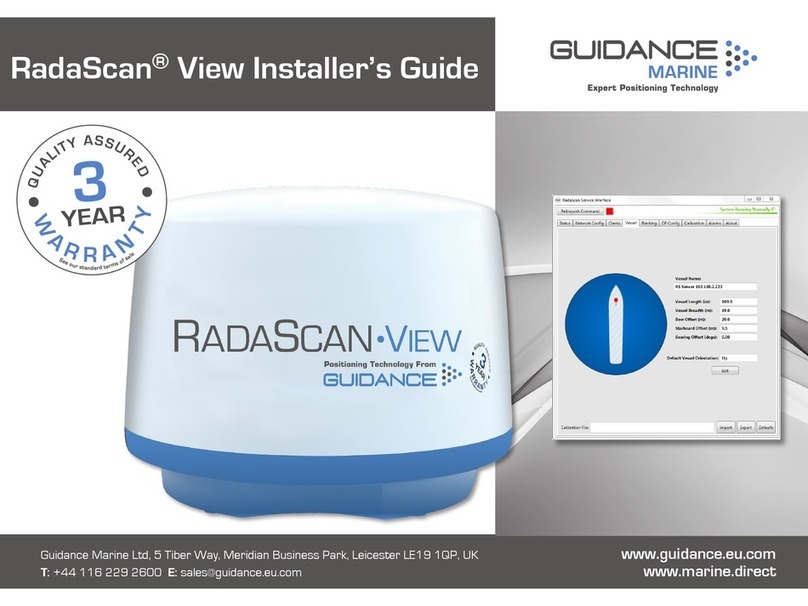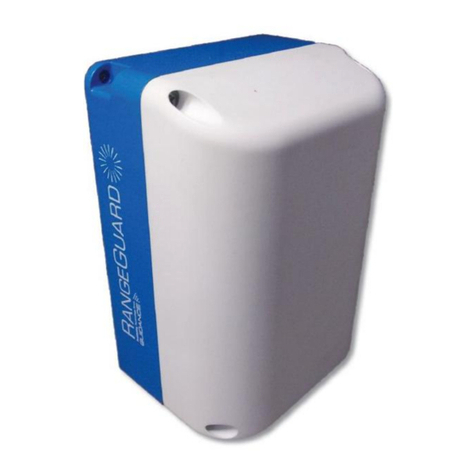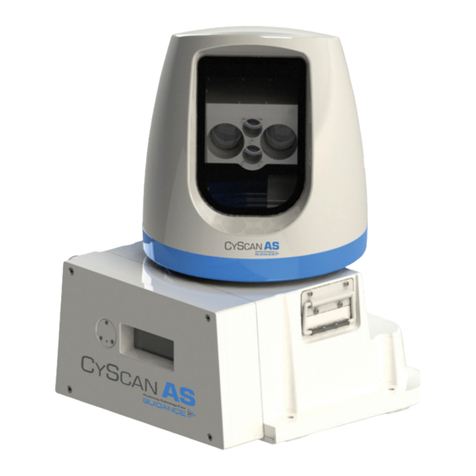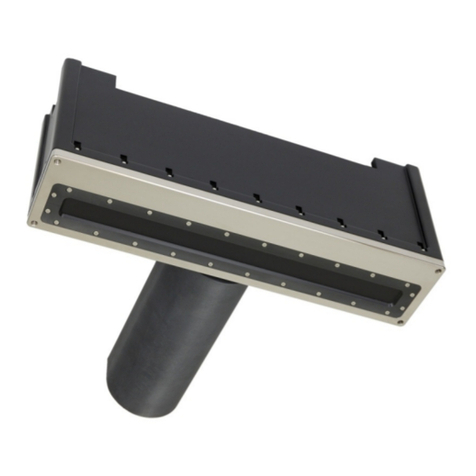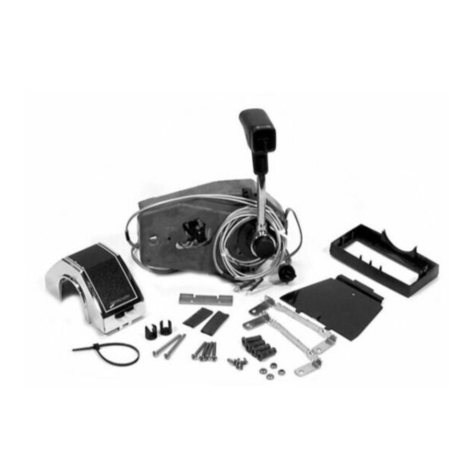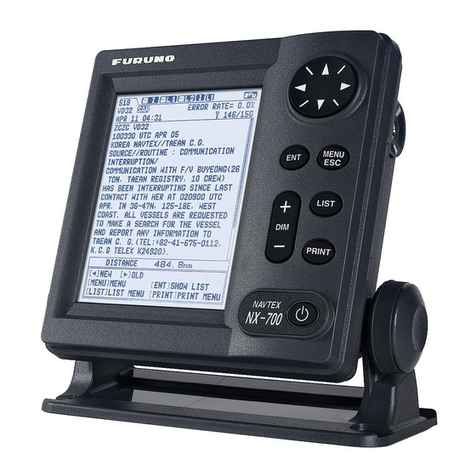
Introduction
Welcome ................................................................................................................... 6
System Overview....................................................................................................... 7
Important Safety Notes.............................................................................................. 8
Non-ionising Radiation.......................................................................................................8
Risk of Electric Shock ........................................................................................................8
Isolating the Sensor ...........................................................................................................8
Lifting the Sensor...............................................................................................................9
Serial Numbers and Software Versions .................................................................... 10
Product Labels ................................................................................................................10
Software Version Information ...........................................................................................10
To Display the About System Pane ..................................................................................10
Installing the Sensor Hardware and Software
Mounting the Sensor ............................................................................................... 12
Avoiding Other Sources of Radiation................................................................................13
Operating Area Astern (e.g. PSV) .....................................................................................14
Operating Area Forward (e.g. Shuttle Tanker) ...................................................................15
Operating Area to Port or Starboard (e.g. Track and Follow).............................................16
Sensor Dimensions.................................................................................................. 17
Mounting Template .................................................................................................. 18
Standard Sensor Connections - Direct..................................................................... 19
Low Temperature Sensor Connections - Direct........................................................ 20
Sensor Connections - Separate Ethernet Connection Box (3 Glands) ...................... 21
Sensor Connections—Separate Ethernet Connection Box (4 Glands)...................... 22
Cable Routing Diagram - Direct Connection ............................................................ 23
Cable Routing Diagram - Separate Connection Box ................................................ 24
Cable Routing Diagrams - Processor and Monitor Options ...................................... 25
Sensor Information Display ...................................................................................... 26
Installing the Sensor Software.................................................................................. 28
Installing the Type 2 Marine Processor
Type 2 Marine Processor Dimensions ...................................................................... 30
Plan view .........................................................................................................................30
Type 2 Marine Processor Connections..................................................................... 31
Installing the Dashboard Software onto a Type 2 Marine Processor ......................... 32
Installing the Dashboard Software onto a Hatteland Panel PC ................................. 33
Changing the Sensor IP Address Setting ................................................................. 34
Conguring the RadaScan Dashboard
Start Up and Shut Down ......................................................................................... 36
Start Up...........................................................................................................................36
Shut Down ......................................................................................................................36
Setting the Date and Time ....................................................................................... 37
Using the On-Screen Keyboard ............................................................................... 38
Entering Service Access Mode ................................................................................ 39
Conguration Settings ............................................................................................. 40
DP Message Format and Feed Behaviour................................................................ 41
Display Options ....................................................................................................... 43
Vessel Parameters ................................................................................................... 44
Bow and Starboard Offsets..............................................................................................45
Bearing Offset..................................................................................................................46
Blanking Zone ......................................................................................................... 47
Installing Responders
Responder Overview ............................................................................................... 49
Positioning Responders........................................................................................... 51
Mounting Responders ............................................................................................. 52
Charging Responders.............................................................................................. 54
Operating Responders ............................................................................................ 55
Appendices
International Standards Compliance ........................................................................ 57
RadaScan Transceiver .....................................................................................................57
RadaScan Responders ....................................................................................................57
Part Numbers.......................................................................................................... 58
DP Message Types.................................................................................................. 59
UPS and Cable Specications ................................................................................. 63
Network Connection Troubleshooting ...................................................................... 64
Installation Checklist ................................................................................................ 65
Index ....................................................................................................................... 67
Table of Contents
4
